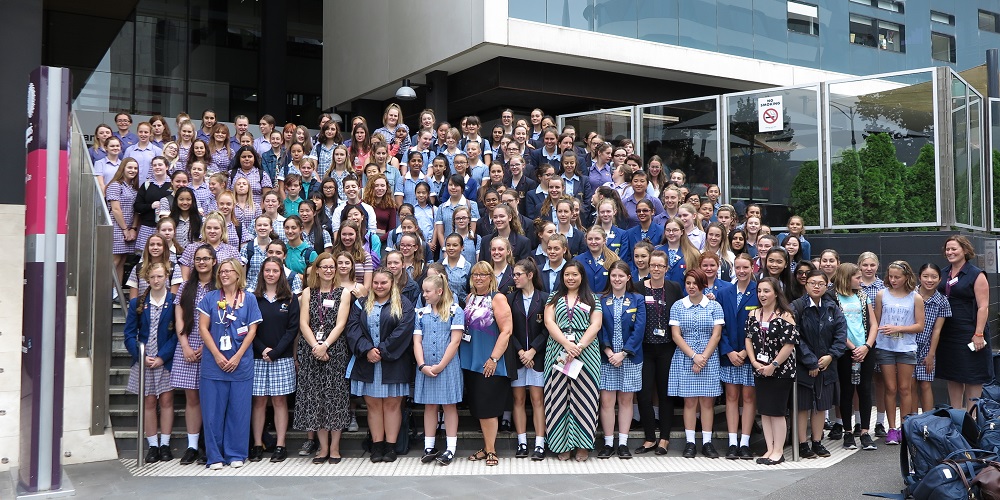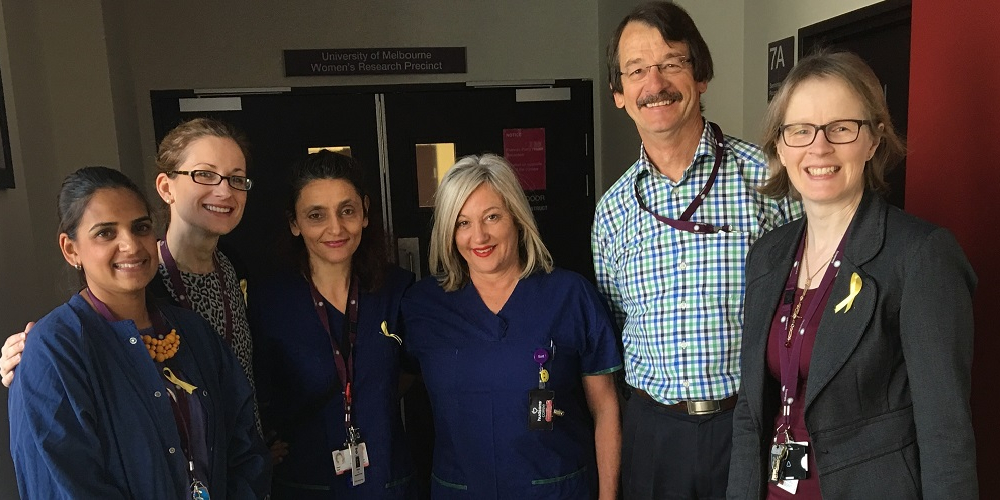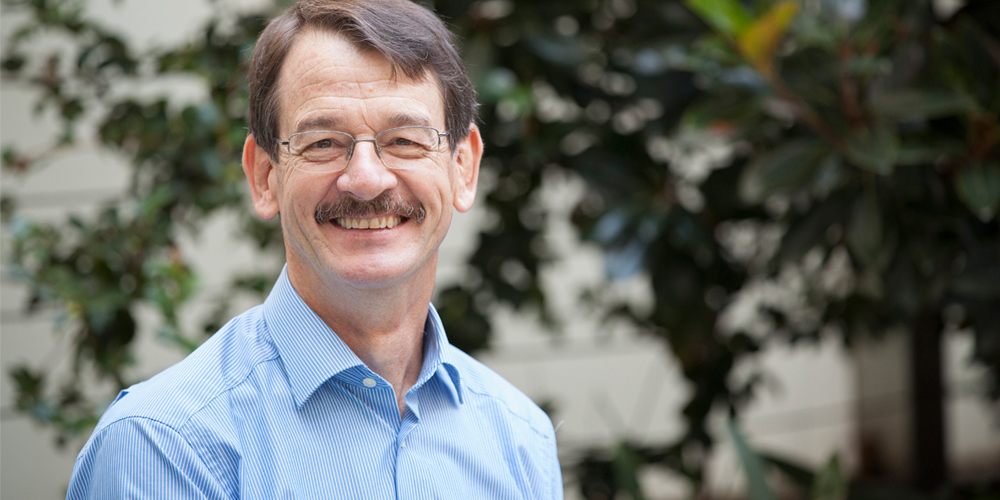
Victoria’s leading women’s hospital is opening its doors to local schools as part of efforts to encourage more young women to choose a career in science, research and medicine.
Ahead of International Day of Women and Girls in Science, leading researchers and clinicians at the Women’s are hosting more than 180 school students to provide an insight into careers in science and how the Women’s medical research is transforming medical care across the globe.
Recent research from the University of Melbourne shows boys are five times more likely than girls to study physics and twice as likely to study advanced mathematics at Year 12, key subjects required to pursue university studies in medical research and care.
The Women’s Dr Sarah Holdsworth-Carson said there was a promising future for women in the medical science field where their research can be quickly translated into clinic care to help people.
“Sometimes science can seem rather abstract when you are studying the theory in school, but these young women will see exactly how science can be applied to the real world and help improve women’s health and often save lives,” she said.
Among the scientists the students are meeting is Dr Dorothy Machalek who is working on research into the impact of Australia’s HPV Vaccination Program on reducing the rates of HPV infection, which causes cervical cancer. She is working with the team that was involved in the original clinical trials of the vaccine here at the Women’s.
“This is a vaccine that many of these young women will have had. The Women’s was involved in the original global clinical trials of the HPV vaccine, and our follow up research is showing striking impact on HPV rates.”
Seven of the Women’s nine research centre heads at the Women’s are women and many of its research leads are female.
However, the Women’s is not the norm in scientific research, with just 20 percent of all Australian Research Council discovery projects led by women. The poor representation is driven by fewer women compared to men being promoted to senior roles in science.
The Women’s is an international leader in research into new born babies, endometriosis, HPV vaccine, pregnancy and ovarian cancer with its research leading to changes in clinical care across the globe.
Read related content from the Women's
-
 600 women recruited for endometriosis study
600 women recruited for endometriosis studyThe Women's celebrates recruiting 600 patients to ongoing study of genes linked to endometriosis
Learn more -
About endometriosis
The exact cause of endometriosis is still unknown. The most popular theory is that during menstruation, the menstrual tissue passes backwards through the fallopian tubes and into the pelvis where it attaches and grows.
Learn more -
 Helping to find a cure for endometriosis
Helping to find a cure for endometriosisFinding a cure for endometriosis
Learn more